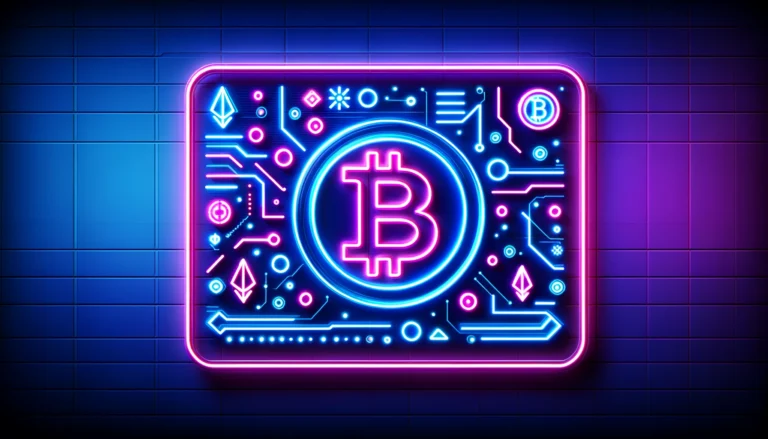Sui DeFi Explained: Why It’s Revolutionizing Blockchain
What Makes Sui Unique in the Blockchain Space?
Sui’s uniqueness in the blockchain realm stems from its innovative approach to handling transaction states and data. Unlike traditional blockchains based on the account model like Ethereum, Sui employs an advanced object-based model. This model treats data as independent objects that can transact in parallel, drastically enhancing transaction throughput and reducing latency.
Furthermore, the underlying technology of the Sui blockchain is the Move programming language, initially developed by Meta. Move is designed for safety and flexibility in financial applications, which is paramount in decentralized finance (DeFi). This secure yet adaptable environment fosters the development of complex smart contracts necessary for DeFi applications while ensuring robust security measures are in place, a critical aspect in preserving digital assets’ integrity.
Key Architectural Features of Sui Blockchain
The architecture of Sui is designed to cater to high performance and scalability, which are crucial for DeFi applications handling numerous transactions across various fields. One core feature is its consensus mechanism, termed as Move Proof of Stake (MPoS). MPoS is not only designed to be fast and energy-efficient but also secure and conducive to maintaining decentralization.
Sui also introduces parallel execution of transactions. By enabling multiple transactions to process concurrently rather than sequentially, Sui significantly cuts down the transaction confirmation time which is a game changer for real-time DeFi trading and lending platforms.
Exploring the Tokenomics: How SUI Coin Fuels the Blockchain
The SUI coin serves as the backbone for transaction processing, staking, and governance within the Sui ecosystem, encapsulating its tokenomics structure. The fixed supply of 10 billion tokens stands as a fundamental characteristic, aiming to prevent inflation while fostering a stable economic environment for the token’s value.
Validators are incentivized through staking rewards, encouraging more participants to secure the network. Moreover, transaction fees and staking mechanisms are pivotal in ensuring that the stakeholders who aid in network operations are rewarded, thus maintaining a healthy and active blockchain ecosystem.
Practical Applications: How Sui Is Used in DeFi and Beyond
Within the DeFi sphere, Sui provides a robust platform supporting a plethora of applications, from automating complex financial contracts to creating decentralized exchanges that need high throughput and quick finality. Low transaction fees and fast confirmation times of Sui enhance user experience, making it a desirable platform for DeFi.
Beyond DeFi, Sui caters to industries like gaming and digital commerce where the rapid transfer and ownership verification of digital assets are critical. Its scalability ensures that as the platform grows in popularity and usage, it remains efficient, a challenge that many existing blockchains struggle with.
The Future of Sui: Developments and Potential Use Cases
The future of Sui looks promising as it continues to expand its capabilities and strengthen its position within the blockchain ecosystem. Moving forward, potential use cases such as integration into IoT (Internet of Things) for seamless machine-to-machine transactions, or in supply chain management for real-time, transparent tracking of goods, could be transformative.
In the evolving landscape of blockchain and Defi, Sui’s continuous development, focus on scalability, security, and user-friendly attributes through its partnership with giants like Near Protocol, Solana, and Chainlink, as well as the innovative approach to blockchain architecture, places it as a formidable force in paving the way for the next generation of blockchain applications.

